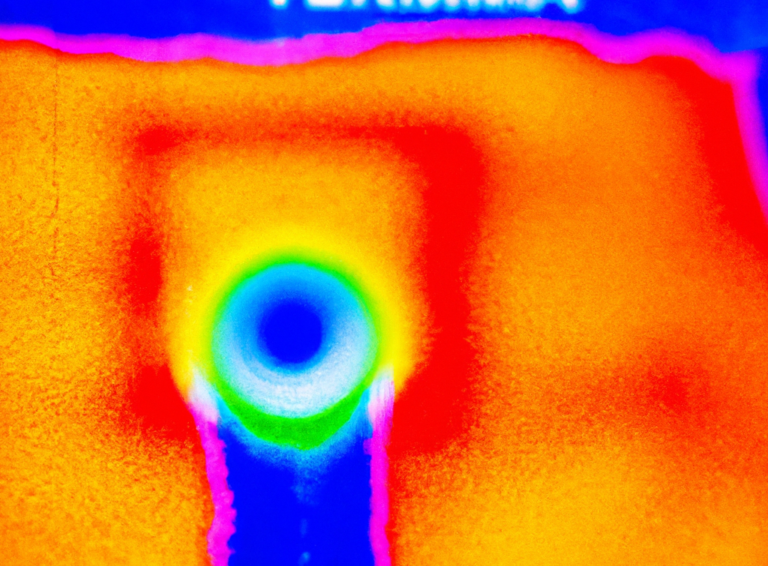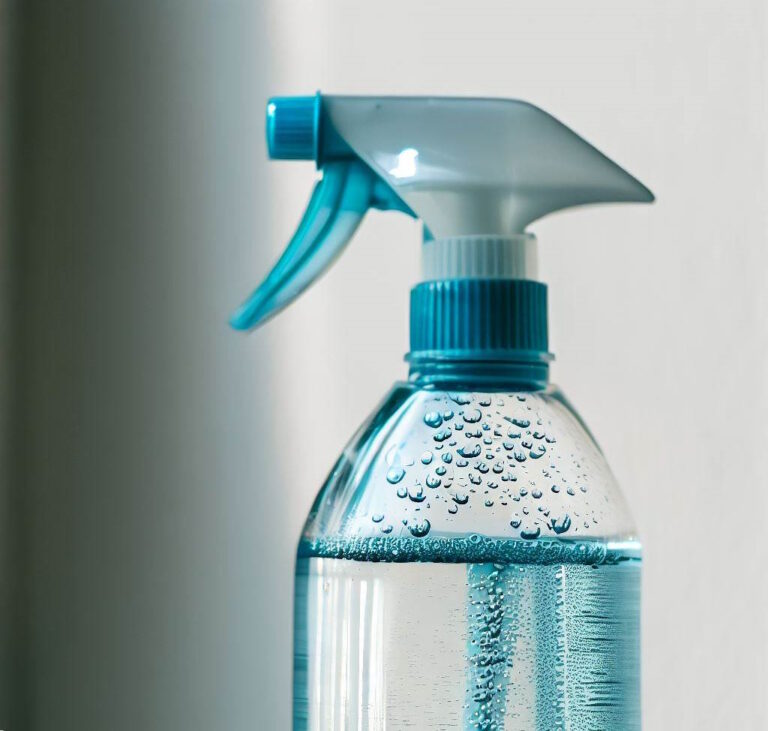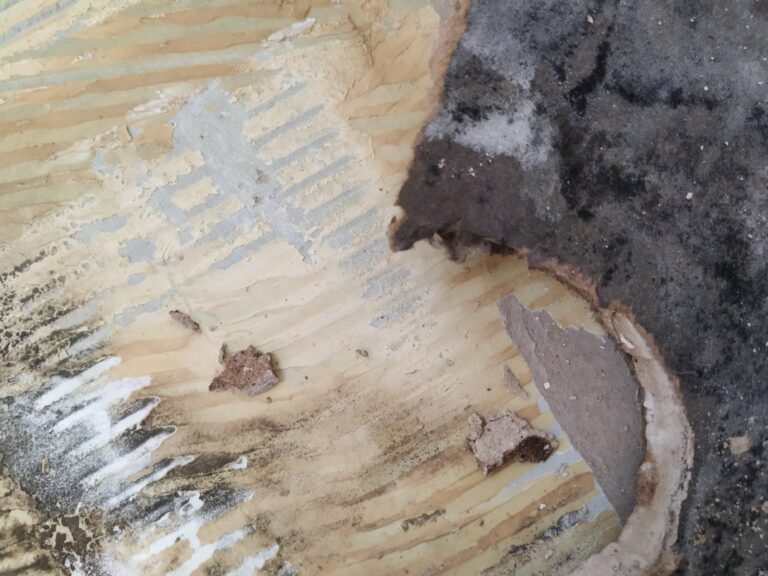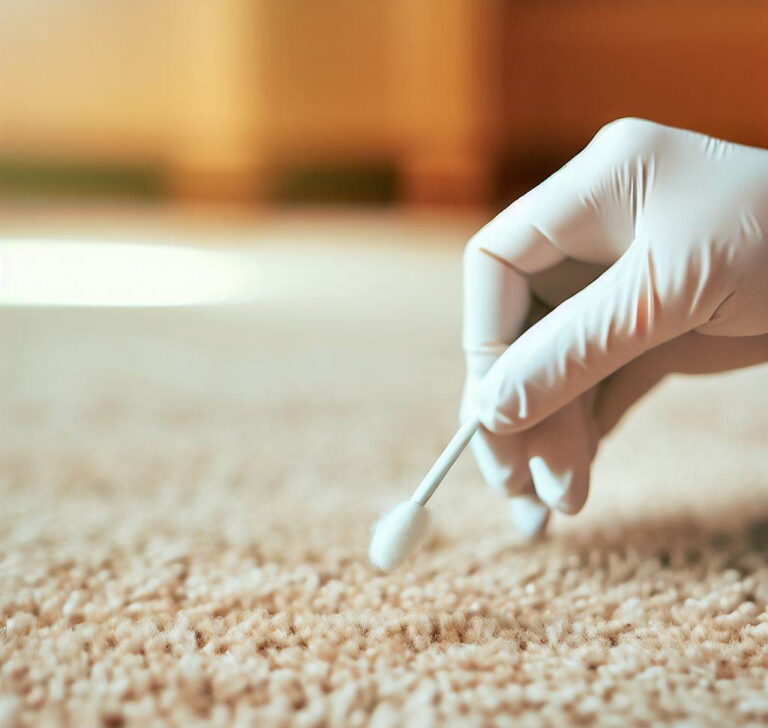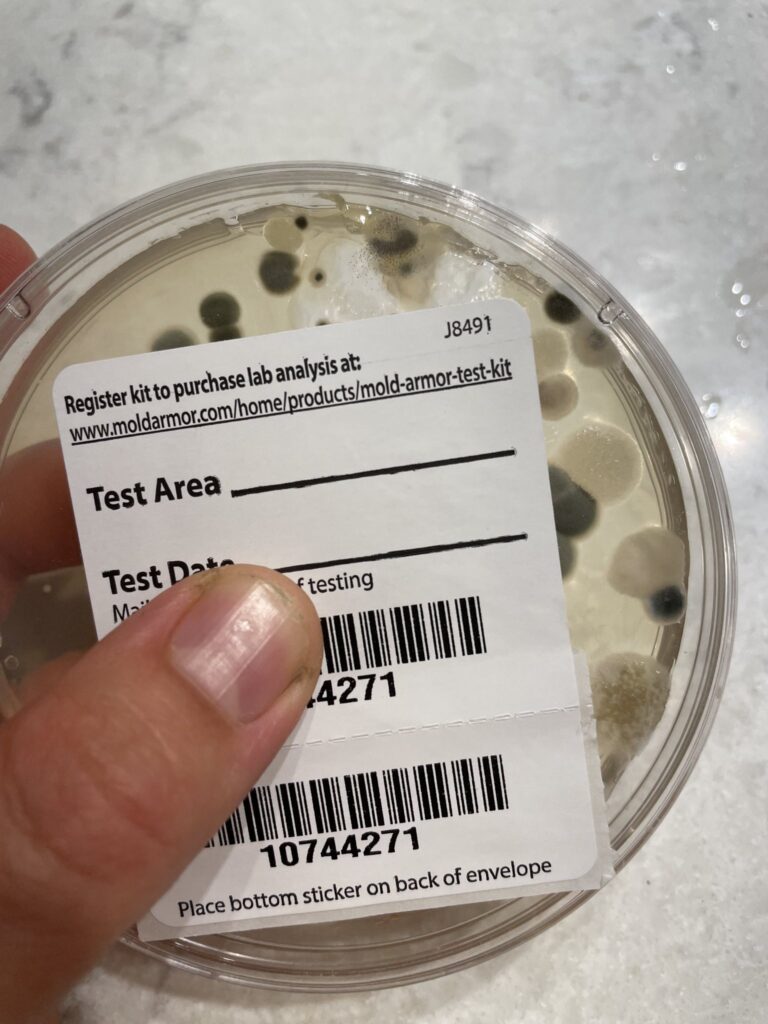Implementing Containment During Mold Cleanup: Effective Steps for a Safe Remediation Process
When faced with a mold infestation, it’s crucial to approach the cleanup process with caution to minimize the spread of mold spores and avoid making the problem worse. One of the key strategies in mold remediation is the implementation of containment measures.
The content provided on this website is based on personal experiences with mold and is for informational purposes only. It is not professional advice. For accurate guidance, consult a licensed mold professional. Mold situations can vary, and relying solely on personal experiences may not be suitable for your specific circumstances. We recommend seeking professional assistance for mold-related issues. We disclaim liability for any reliance on the information provided on this website.
- Understanding the Importance of Containment: Containment is the process of isolating the affected area to prevent the spread of mold spores during cleanup. By implementing effective containment measures, you can control the spread of mold and protect yourself and your home.
- Preparing for Containment: Before initiating the containment process, it’s important to gather the necessary equipment and materials. Here are some essential items you’ll need:
- Plastic sheeting: Use heavyweight plastic sheeting to create barriers and seal off the affected area from the rest of the building. Ensure that the sheeting is sufficient to cover all openings, including doors, windows, and vents.
- Tape: To create airtight seals, start by attaching one end of the plastic sheeting to a corner of the opening using tape. Pull the sheeting across the opening, making it taut, and secure the other end with more tape. Repeat this process for all openings, ensuring that there are no gaps where mold spores could escape. To protect your walls you can use painters tape. However, in cases where painters tape does not provide a strong enough hold, especially for larger openings, consider using a stronger tape like duct tape (might damage your walls when removing). The key is to ensure airtight seals and prevent the escape of mold spores.
- Clear the area of personal belongings: Before initiating the containment process, it’s advisable to remove any personal belongings, furniture, or valuable items from the affected area. This precautionary step helps protect your belongings from potential mold contamination and simplifies the cleanup process.
- Protective gear: Wear personal protective equipment (PPE) to safeguard against mold exposure. Put on gloves, goggles, an N95 respirator, and disposable coveralls before entering the containment area.
- Establishing Containment: Follow these steps to establish effective containment during mold cleanup:
- Seal off the area: Close all doors and windows leading to the affected area. Use plastic sheeting and tape to cover doorways, windows, and any other openings. Ensure a tight seal to prevent air movement. In situations where the containment requires sealing off an entire wall, it may be beneficial to consider using a zipwall system. A zipwall is a temporary barrier system that uses telescoping poles, plastic sheeting, and self-adhesive zippers to create a sealed enclosure.
- Create negative air pressure: To create negative air pressure within the containment area, you can use a simple fan and a window. Place a fan in the window blowing outwards, and seal the door to the room. This setup will help direct airflow out of the contained space and prevent the spread of mold spores.
- HVAC systems and vents: Turn off HVAC systems to prevent the circulation of mold spores. Seal off HVAC vents and cover air registers within the containment area with plastic sheeting and tape. Use tape to secure the plastic sheeting tightly around the vents, ensuring there are no gaps.
- Monitor containment integrity: Regularly inspect the containment barriers and seals to ensure they remain intact and airtight throughout the remediation process. If you notice any tears or gaps, promptly repair them using additional plastic sheeting and tape.
- Enter through the outside: In some cases, entering the containment area through a window from the outside of the house can help minimize the risk of spreading mold spores. If there is a window in the affected room and it is accessible from the exterior, you can consider using it as an entry point. Simply remove the window screen and enter or exit the room through the window. This approach avoids the need to open doors and potentially transport mold spores to other areas of the house. When removing materials or cleaning you can dispose of them through the window as well.
By installing a zipwall, you can easily create a sturdy barrier across an entire wall. The telescoping poles can be adjusted to reach the height of the wall, and the plastic sheeting can be securely attached to the poles using clips or adhesive tape. The self-adhesive zippers enable easy access in and out of the contained area without compromising the seal.
- Safe Cleanup Procedures: Once containment is established, follow these guidelines for safe mold cleanup:
- Wear proper protective gear: Put on gloves, goggles, an N95 respirator, and disposable coveralls before entering the containment area to protect yourself from mold exposure.
- Dampen affected materials: Lightly mist mold-infested materials with water to reduce the release of mold spores during cleanup. This helps minimize the risk of spores becoming airborne and spreading to other areas.
- Clean with mold-specific solutions: Use mold-specific cleaning solutions (Exploring the Best Mold Cleaning Products and Why You Should Not Use Bleach) to scrub and remove mold from surfaces. Apply the solution with a sponge or cloth and thoroughly clean the affected areas, paying special attention to any visible mold growth.
- Properly dispose of contaminated materials: Double-bag and seal all mold-contaminated materials in heavy-duty plastic bags before removing them from the containment area. When sealing the bags, ensure they are tightly sealed using twist ties or zip ties to prevent any mold spores from escaping. Ideally if there’s a window in the sealed of room, get the bags through that window so you don’t risk contaminating the rest of the house.
- Thoroughly clean tools and equipment: Clean and disinfect all tools and equipment used during the remediation process before removing them from the containment area. For porous tools that cannot be cleaned, it is advisable to dispose of them in sealed bags along with the mold-contaminated materials.
Conclusion
Implementing containment measures during mold cleanup is essential for minimizing cross-contamination and ensuring a safe and effective remediation process. By understanding the importance of containment, preparing the necessary equipment, and following the recommended steps, you can effectively isolate the affected area and control the spread of mold spores.



